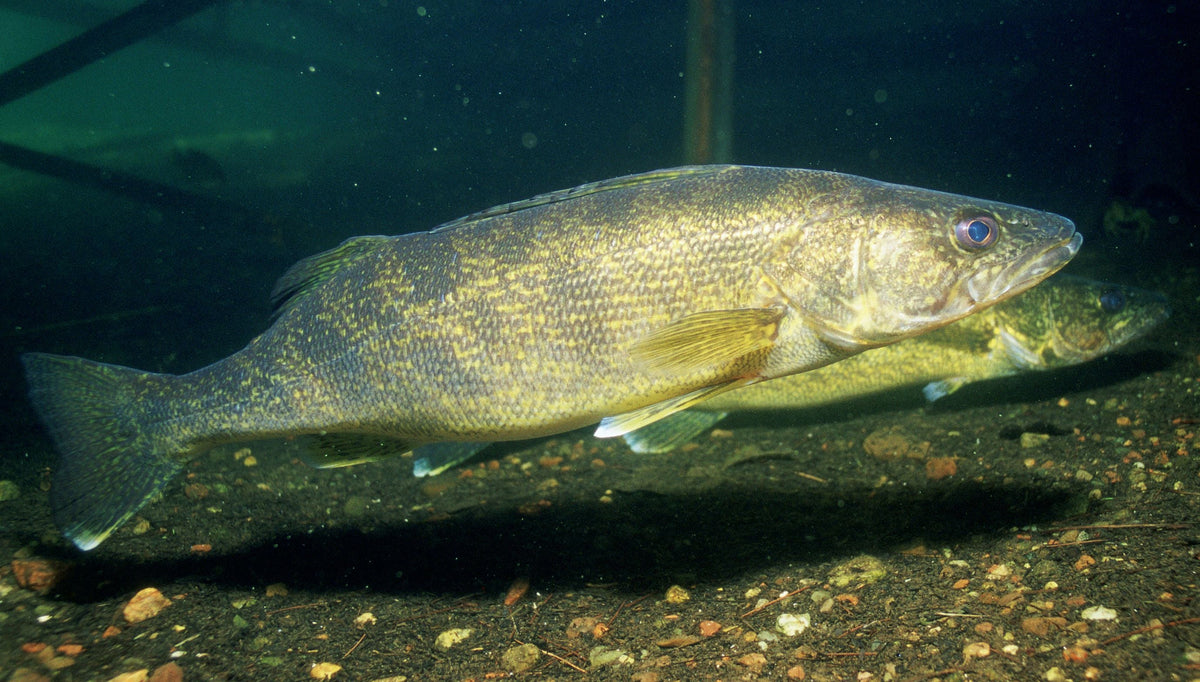
Best Fall Patterns For Catching Walleyes After Dark
|
|
Time to read 2 min
|
|
Time to read 2 min
One of the most fun yet underrated ways to catch walleyes in the fall is to fish for them after dark. When the sun sets, many anglers head to shore to rest up for the next day, while the walleyes are just getting extremely active. Here are some of the different lure and technique considerations to make when chasing these fish after dark.
Besides just trying something new, one of the best reasons to fish for walleyes after dark is that this is when they become most active (This is especially true if you can time it out and fish during a full moon). During the fall at night, water temperatures are going to cool, and feeding patterns are going to start changing. This temperature change makes the walleyes start a feeding frenzy before winter sets in.
During the night, walleyes typically start moving to shallow water in search of baitfish. Think of areas like rocky shorelines, sandbars, and shallow weed edges. Any type of shallow structure is going to be key, as this is where the baitfish are going to be hanging out with walleyes nearby.
When you’re going after walleyes at night, in general, you’ll want to try colors and patterns that are darker and produce silhouettes. It doesn’t hurt to use lures that produce vibrations and sounds in order to help the fish find your lure more easily.
With that in mind, one great option to try is slow-trolling stickbaits. These lures have a slim profile that mimics baitfish well, and can be paired with colors and patterns that even more closely resemble baitfish. You’ll want to troll these lures in water that is 6 feet deep or less. Planer boards can help get your lure in the right spot without having to run your boat shallow and scaring off the fish.
If you notice the fish are especially active, you can even try speed trolling crankbaits and stickbaits.
Similarly, you can cast jerkbaits and swimbaits into shallow water. Again, use darker colors that closely resemble baitfish in the area. Position yourself outside of where the walleye are, and cast to them. Then just work your lure with the best retrieve for their design.
Another option to try is jigging. This works best if you happen to find some fish in some deeper water. Choose a darker jig, tip it with some bait like worms, leeches, minnows, or a soft plastic, and jig along the bottom, working your way through the structure.
Jigs like this can also be used effectively with a slip bobber (just make sure you get a light-up version) that can be cast into both shallow and deeper water.
